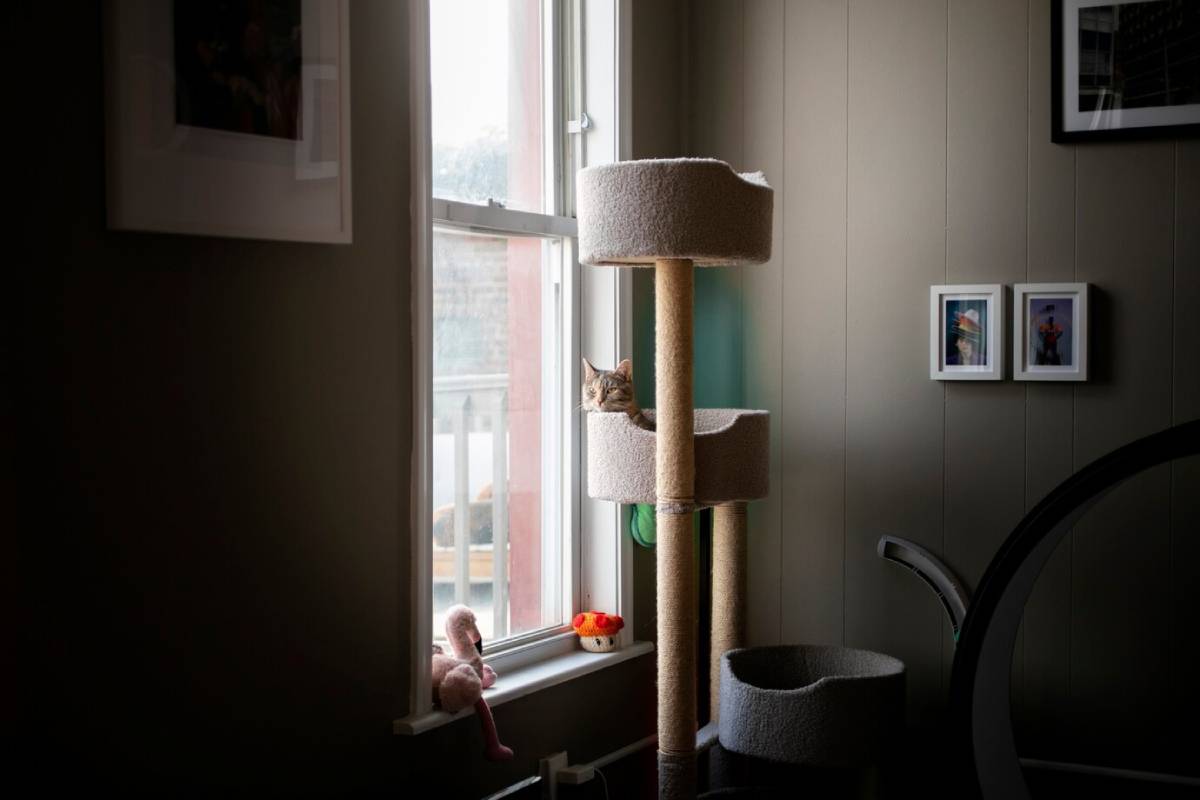
Creating a Safe and Stimulating Environment for Indoor Cats
Indoor cats live longer, healthier lives than their outdoor counterparts—but they also rely entirely on their home environment for stimulation, comfort, and enrichment. Without the variety of sights, smells, and experiences the outdoors naturally provides, indoor cats can quickly become bored, stressed, or overweight.
The key to a contented house cat is thoughtful home design. By building an indoor cat environment that supports your pet’s instincts and needs, you’ll help prevent behavioural issues and promote long-term physical and emotional health. Whether you live in a cosy flat or a spacious house, creating a cat-friendly home is entirely achievable—and incredibly rewarding.
Why Indoor Enrichment Matters

Cats are natural hunters and explorers. Even though domestic cats enjoy the comforts of indoor life, they still crave:
- Vertical space for climbing
- Opportunities to stalk, pounce, and play
- Secure hiding spots
- Mental stimulation and variety
- Restful spaces for napping and observation
Without these outlets, boredom can set in—leading to stress-related behaviours such as scratching furniture, overgrooming, aggression, or weight gain. A well-rounded home setup addresses all of these needs and turns your space into an enriching cat space your pet will love.
Building a Cat-Friendly Home: Key Elements
A cat-friendly home caters to your cat’s instincts while maintaining harmony in your living space. Here are the core components to consider:
Vertical Space
Cats feel safe and in control when they can observe their surroundings from above. Offer:
- Tall cat trees or towers
- Wall-mounted shelves or steps
- Window perches or hammocks
These provide climbing opportunities and peaceful retreats where your cat can rest undisturbed.
Scratching Posts
Scratching is a natural and necessary behaviour. It helps cats mark territory, stretch muscles, and maintain claw health.
- Provide both vertical and horizontal scratchers
- Use sisal, cardboard, or carpeted materials
- Place scratchers near favourite resting areas and entryways
Redirect scratching from furniture by using scent attractants on posts and rewarding appropriate use.
Safe Hiding Spots
Cats need quiet spaces to retreat and decompress. Offer:
- Covered beds or cat caves
- Boxes, baskets, or tunnels
- A designated quiet room or corner
Avoid disturbing your cat when they retreat to these spaces—it’s their safe zone.
Resting and Observation Areas
Cats spend much of their day sleeping or quietly observing. Help them feel secure with:
- Soft, warm bedding placed in elevated or low-traffic spots
- Access to windows with interesting views (birds, squirrels, passing cars)
Resting spaces should be calm and away from noisy appliances or heavy footfall.
Multi-Cat Households: Sharing the Space
If you have more than one cat, designing the home to prevent tension is essential.
Tips for shared spaces:
- Provide separate resources: litter trays, feeding stations, and resting areas
- Offer vertical and horizontal territory to reduce competition
- Observe body language to spot signs of stress or bullying
- Use calming diffusers in common areas
Cats that feel secure in their space are less likely to develop anxiety-related behaviours.
Enriching Cat Spaces: Stimulate the Senses
An enriching cat space engages your cat’s natural instincts through interactive play, varied textures, sounds, and challenges.
Toys and Play

Play helps release energy, prevent obesity, and satisfy hunting instincts.
- Rotate toys regularly to maintain novelty
- Use wand toys, feather teasers, or laser pointers for interactive play
- Provide solo toys like catnip mice, crinkle balls, or treat-dispensing puzzles
Daily playtime also strengthens your bond and reduces stress.
Food and Foraging Games
Cats enjoy working for their food—it mimics hunting behaviour.
- Try puzzle feeders or treat balls
- Use multiple small food dishes placed around the home to encourage exploration
- Hide dry food or treats in boxes or under toys for scent-based challenges
Feeding enrichment adds mental stimulation to routine mealtimes.
Sensory Stimulation
Cats engage with the world through their senses.
- Offer cat-safe plants like cat grass or catnip
- Play videos made for cats featuring birds or fish
- Use scent diffusers (feline pheromones) to promote calm
- Provide access to fresh air through secure, screened windows or a catio
Sensory input helps maintain alertness and emotional balance, especially in multi-cat households.
Safety First: Creating a Secure Indoor Cat Environment
A truly successful indoor cat environment is both stimulating and safe. Even indoor spaces pose potential risks, so it’s vital to cat-proof your home.
Safety Tips
- Keep windows secured with screens or latches
- Store toxic plants, human medications, and cleaners out of reach
- Avoid loose wires or stringy toys that could be swallowed
- Use pet-safe products and avoid essential oils known to be toxic to cats
- Secure heavy furniture that could tip during play
Monitor your cat’s access to high areas or hidden spots behind appliances, and check for chew risks around cords and blinds.
Adjusting to Changing Needs
As your cat ages or if their health changes, adapt your home to meet their evolving needs.
- Provide ramps or steps for senior cats
- Offer extra warmth or padded beds for arthritic joints
- Use lower litter trays for easier access
- Monitor activity levels and modify enrichment accordingly
Maintaining a stimulating environment throughout your cat’s life supports both mental and physical well-being.
Final Thoughts: A Happy Home for Curious Cats

Creating a safe and stimulating indoor cat environment isn’t about expensive gadgets or elaborate designs—it’s about tuning into your cat’s natural behaviours and making space for them to thrive.
By designing a cat-friendly home with vertical space, cosy retreats, interactive play, and safe exploration, you build a world that supports your cat’s well-being from whiskers to tail. And when you commit to enriching cat spaces, you’re not just preventing boredom—you’re nurturing happiness, health, and a deep sense of home.


